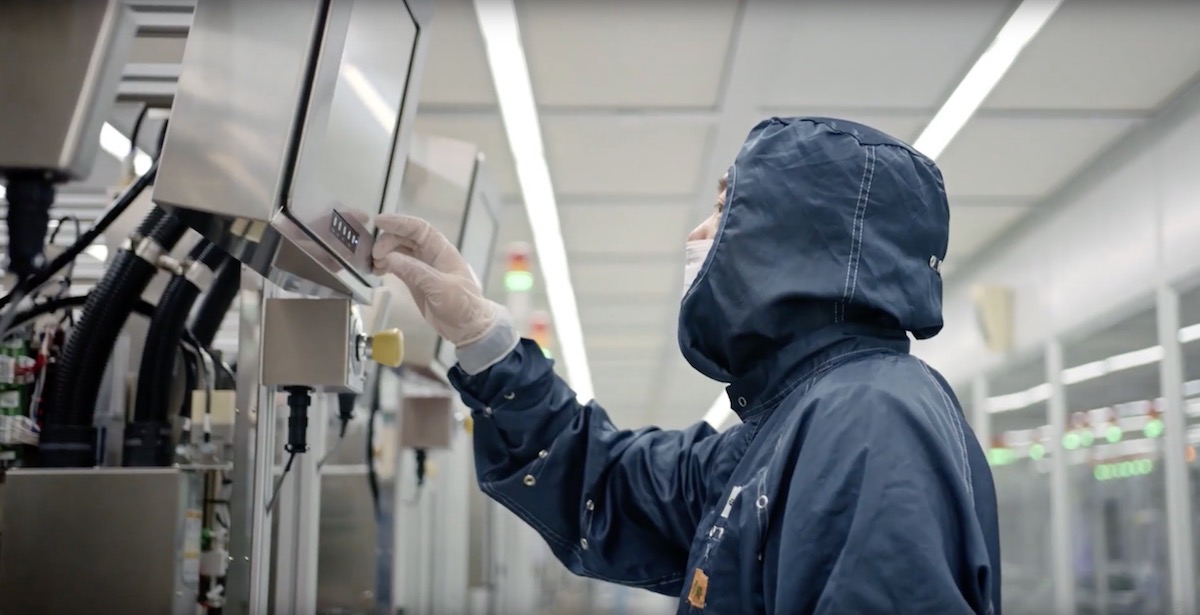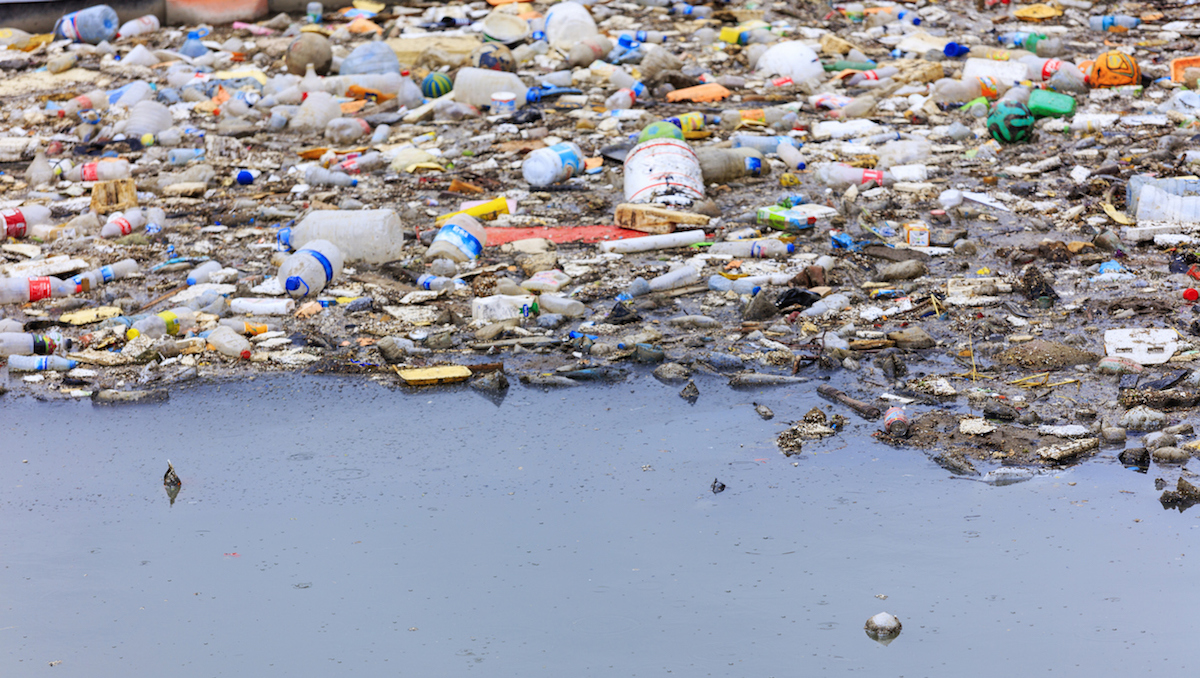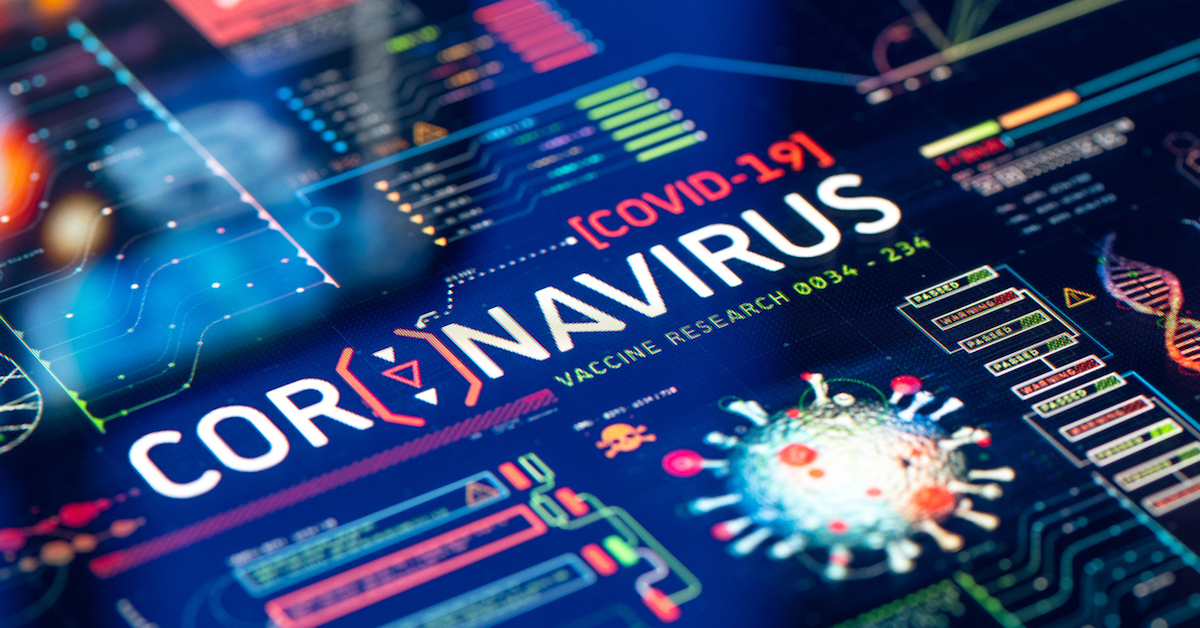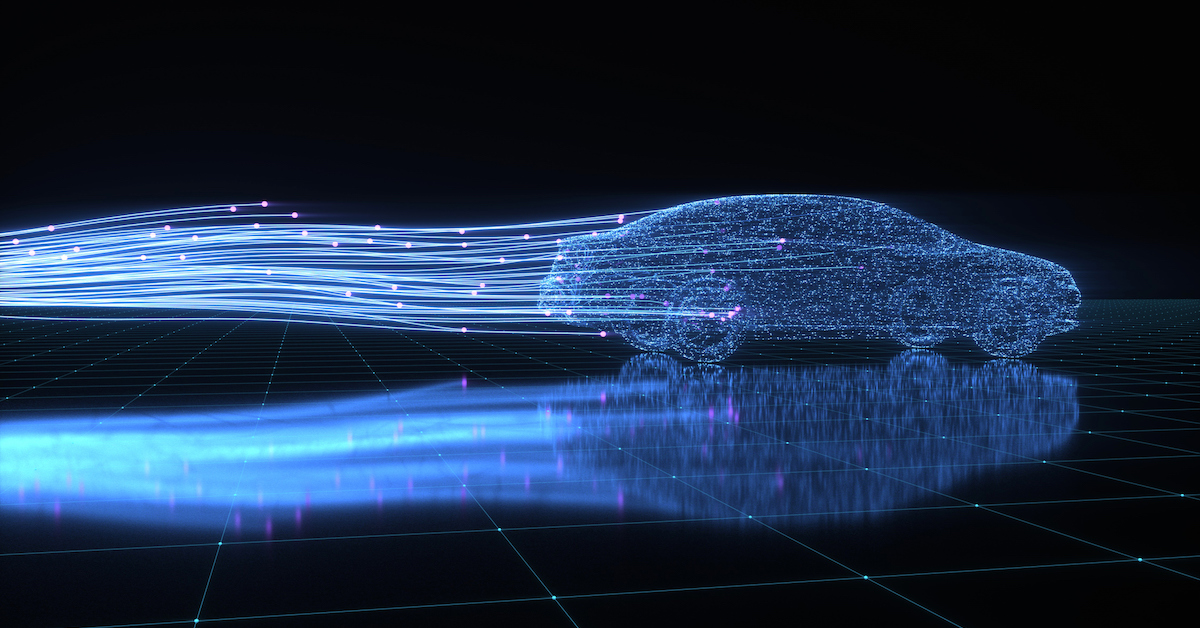Our focus at Seagate on global citizenship and sustainability is one that we are constantly measuring and improving upon. From the people involved in and affected by our operations to the resources we use, we strive to be transparent in our efforts and make our impact on the world a positive one.
Integrity in those efforts and our measurements of them is extremely important, and I’m pleased that we have reached a new goal: approved Science-Based Targets. Seagate committed to setting Science-Based Targets in 2017, and received approval for our goals earlier this summer.
Greenhouse gas reductions based on climate science
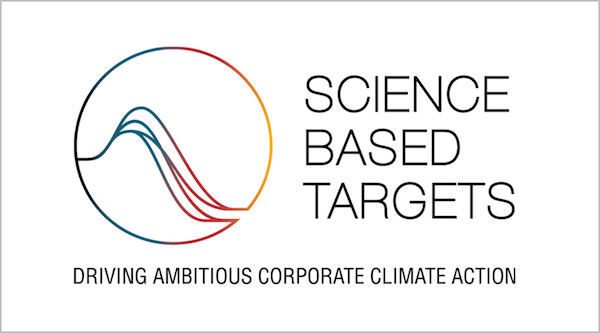 SBTs are greenhouse gas (GHG) emission-reduction targets that are in line with the latest climate science that says what is necessary to meet the goals of the Paris Agreement. We are committed to doing our part to limit global warming to well below 2°C above pre-industrial levels and pursue efforts to limit warming to 1.5°C.
SBTs are greenhouse gas (GHG) emission-reduction targets that are in line with the latest climate science that says what is necessary to meet the goals of the Paris Agreement. We are committed to doing our part to limit global warming to well below 2°C above pre-industrial levels and pursue efforts to limit warming to 1.5°C.
The SBTs are reviewed and approved by the Science-Based Targets Initiative, which is made up of various industry non-profits and stakeholders. More than 600 companies worldwide have made commitments to setting SBTs. Just over 230 have approved reduction targets. Our inclusion as one of those 230+ companies underpins our commitment to combating climate change, and our continued industry leadership. SBTs are a leading practice, and results will be communicated annually, and reviewed every five years to assess changes.
Our targets are a 20 percent reduction in Scope 1 & 2 emissions by 2025 based on 2017 baseline, and a Scope 3 target of 20 percent reduction by 2025 based on 2017 baseline.
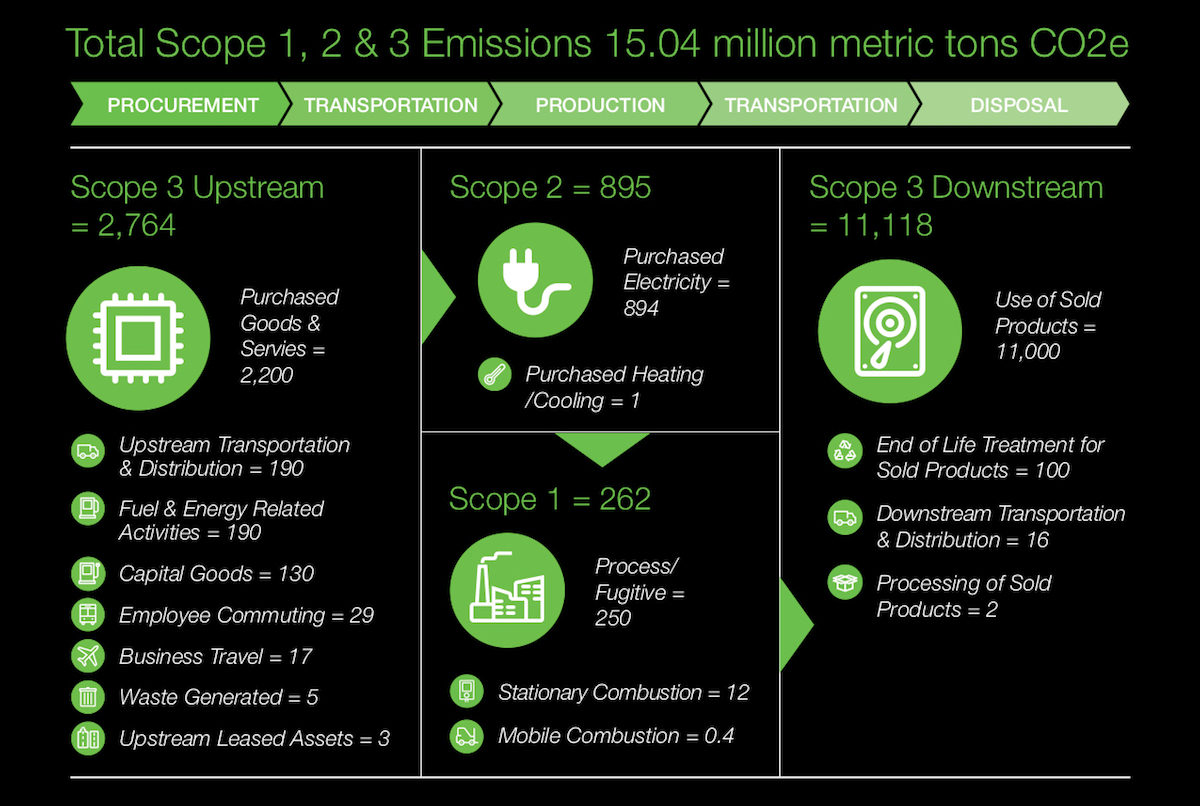
Scope 1 emissions are GHG emissions generated directly at Seagate facilities, and Scope 2 emissions come from the indirect GHG emissions generated predominantly from the electricity that we purchase. Scope 3 emissions are all indirect GHG emissions that occur in our value chain, including both upstream and downstream emissions.
Getting to these new goals will be a Seagate-wide effort, and is not without its challenges. We aim to be transparent in our target achievements, and to that end, also have an update on some of our environmental performance as a whole from calendar year 2018 (CY19) and fiscal year 2019 (FY19).
- Our Scope 1 and 2 emissions were reduced 0.09 percent in CY18 vs. CY17, while our emissions per exabyte shipped were reduced 22 percent.
- Our Scope 3 emissions increased by 20 percent. This was primarily driven by a shift in product mix (i.e. the use profile of the products has changed, meaning emissions change; products like the drives that cloud providers use are running longer hours, upping their Scope 3 emissions impact).
- Site energy conservation activity resulted in 16,661 MWh of energy reduction in FY19.
- Water withdrawal in CY18 was reduced by 7 percent (593 megaliters); water recycling increased by 12 percent (266 megaliters) in the same time frame.
- Hazardous waste generation increased by 10% in FY19 compared to FY18 due to the decision to ship more waste off-site for treatment to reduce costs.
In line with the targets we have set, we have efforts underway to reduce our emissions by:
- Finding replacements for chemicals with high global warming potential.
- Implementing ISO50001 Energy Management System certification at manufacturing sites.
- Creating a standard for equipment energy specifications as we design and purchase new process equipment.
- Working with direct materials suppliers in reporting carbon footprints for our Scope 3 emissions.
This information is also disclosed publicly to our stakeholders via the CDP (a not-for-profit charity that runs the global disclosure system for investors, companies, cities, states and regions to manage their environmental impacts), which reports on GHG emissions and water footprint.
For more information on our program, and on other initiatives we have undertaken, please read Sustainable Datasphere: Fiscal Year 2018 Global Citizenship Annual Report (GCAR). I look forward to continued Seagate innovation helping craft a better world for us all.


